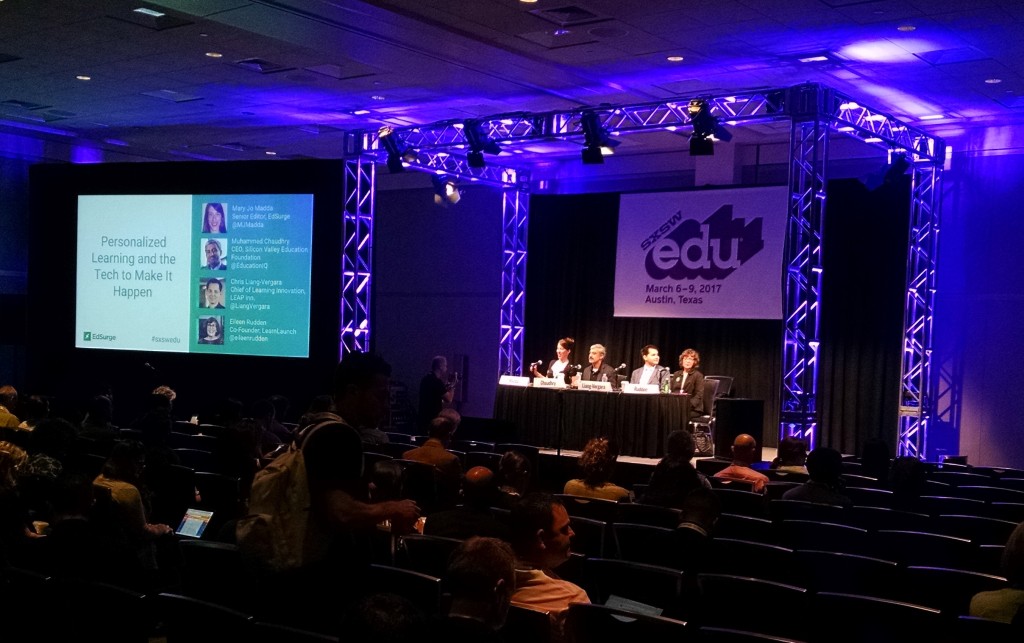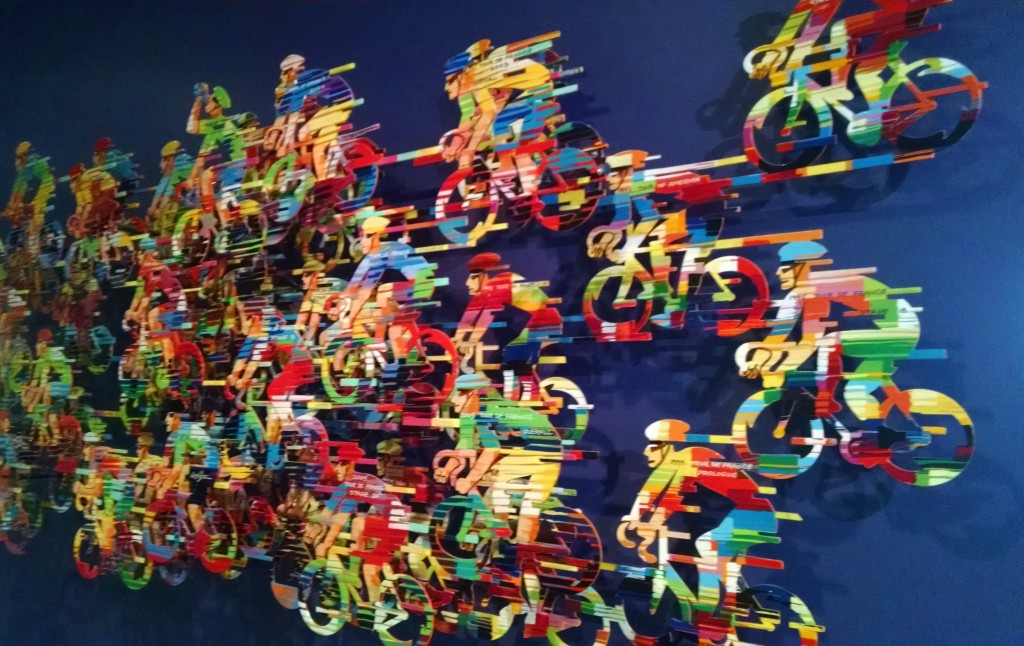
I’ve SXSW EDUed three times: 2017, 2018, and 2019. I was slated to go again in 2020 until they announced the pandemic-driven cancellation one hour before I was supposed to head to the airport.
Whether you should attend SXSW EDU depends, of course, on what you hope to get out of it. I’d estimate that the content is at least 1/2 K-12, about 1/3 higher ed (but perhaps less), and maybe 1/6 workforce (again, perhaps less) If one or more of those content areas is a fit, consider the four primary reasons for going to a conference: to learn, to teach (that is, to be a presenter), to sell, and to meet (general networking). SXSW EDU is fairly good for all four of these. There are a fair number of practitioners (who generally aren’t buyers) in attendance, but there are buyers around.
SXSW EDU is characterized by a large number of sessions across the Sun-Thu event. Spending time with the program/calendar in advance is a MUST (there are so many sessions that winging it isn’t practical). If there’s a session you really want to attend, get there early, as some sessions fill up. Sessions are back-to-back with no downtime in-between, and while the conference is at the convention center and hotel right across the street, you should really plan on 10 minutes to get from one session to another (it’s possible to get lucky and have back-to-back sessions close together). The back-to-back nature may mean leaving a session block open in advance of a session you really want to attend. Note that attendance on Thu (which is a half day) really starts to drop off.

Sessions are 20 mins, 30 mins, 1 hour, and longer (mostly for workshop-type sessions). Look for the 20 and 30 min sessions–most people don’t have more to say on a topic than that.As Mark Twain is alleged to have said,
“I didn’t have time to write you a short letter, so I wrote you a long one.”
– Mark Twain
I also go through the directory perhaps a week before the conference to identify people I might want to meet with. I reach out via the conference app and/or LinkedIn to try to set meetings up in advance.
Try to stay in the conference hotel–it may be a bit more expensive, but the easier logistics can make the extra cost worth it. Lunch options aren’t great (there are a couple on-site) unless you’re willing to spend several session blocks leaving the site and then coming back.
I think of each day as having four “blocks:”
- Early to mid-morning when there are no sessions–good meeting time
- Sessions
- Formal evening social events
- Later evening/late night bar hopping
If you look around, you can often find examples of 3 and even 4 on someone else’s dime. If you dip your toe into 4 too many nights in a row, well, 1 and even 2 the next day will test your stamina. Ask me how I know!

Sixth Street in Austin is a must-see: restaurants, bars, etc. If you need a break from the conference, the bike-share bikes are a quick way to get around the city, including riding down along the river. And if you’re a cyclist, Mellow Johnny’s (which, unfortunately, is part-owned by a certain Austin-area discredited pro cyclist) has road and mountain bike rentals. The mountain biking down along Zilker Park and Barton Creek is a blast albeit a bit rugged in spots. I don’t know if this happens every year at the same time as the conference, but Zilker Park had a massive kite-flying event one year that I was there.

There are legendary BBQ spots in Austin, but with notoriously long lines and perhaps an inability to make reservations. Check those out in advance.

The opening social on Sun can be good, but it’s not well-suited to introverts. On Mon morning, they have an “orientation” session that’s worth attending.
On the topic of introverts, I wrote this 2-part “How to network at conferences as an introvert” guide:
- PART 1: https://propelskills.com/a-salespersons-guide-to-conference-networking-for-fun-education-and-profit-part-1-of-2/
- PART 2: https://propelskills.com/a-salespersons-guide-to-conference-networking-for-fun-education-and-profit-part-2-of-2/
If the above description sounds like your kind of event, 10 out of 10 recommended. Additional images here.

